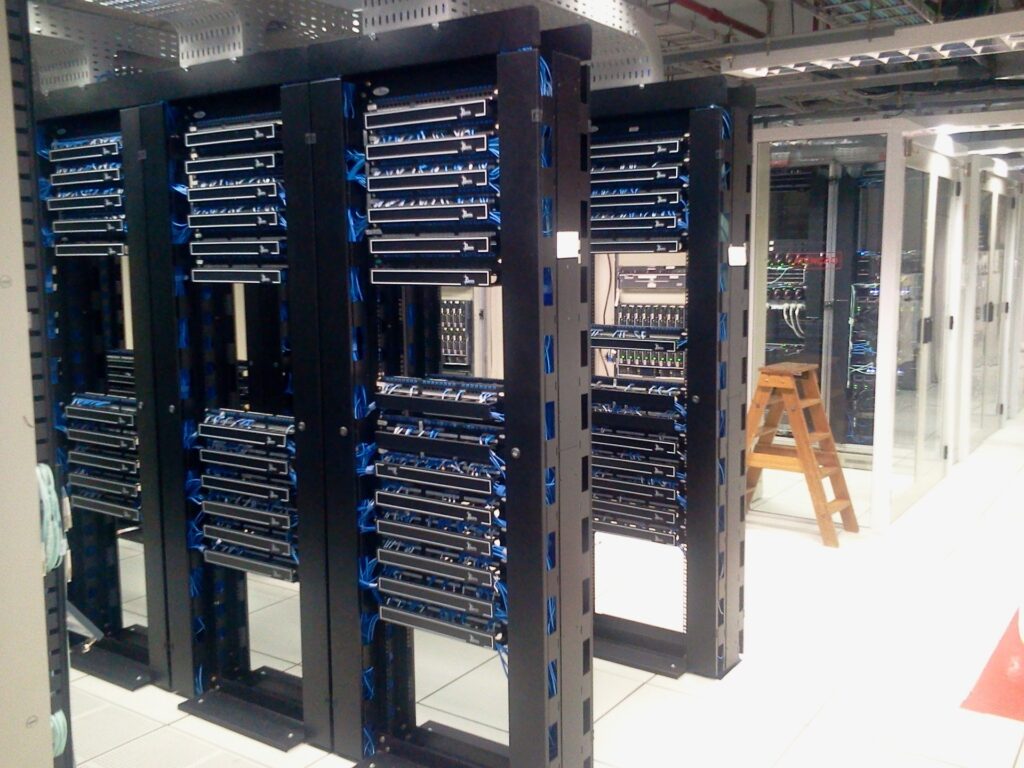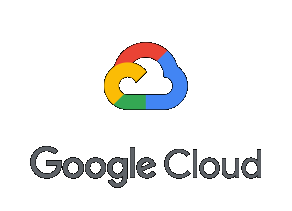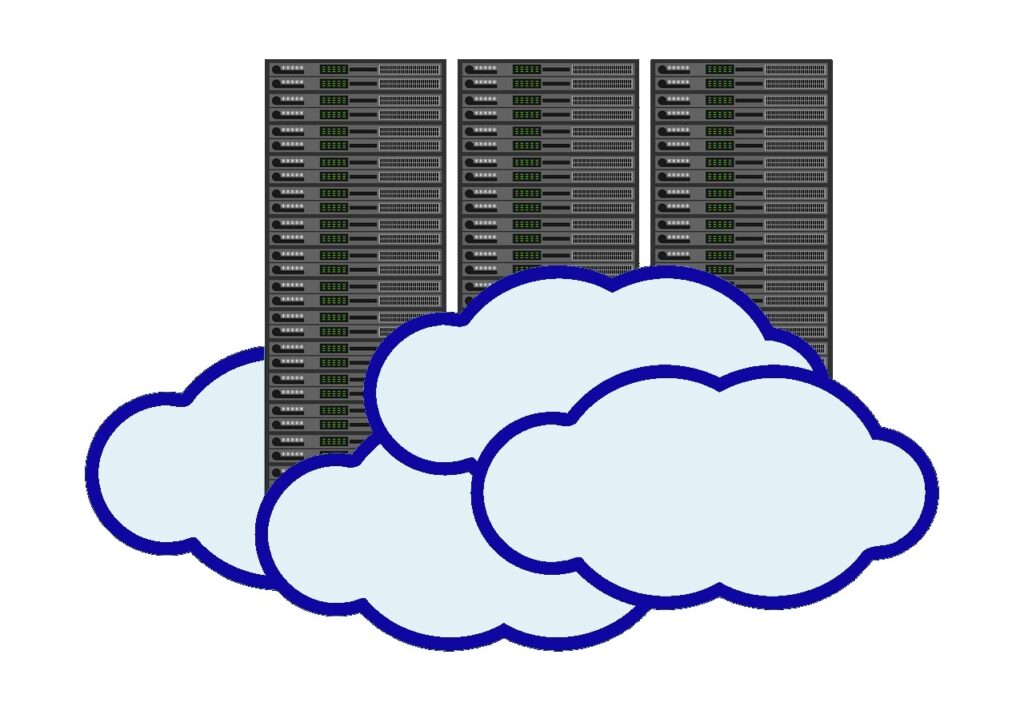What We Do
Close
What We Do
- IT Infrastructure
Hardware
Cloud
Network
Security
Your DIGITAL Journey partner
- IT Consulting

ninjaOne

salesforce

Digital Transformation
Let's start something new
- Managed Services
EndPoint Monitoring


Virtualization

IT Audit
Let Us Manage Your IT
- IT Infrastructure
Hardware
Cloud
Network
Security
Your DIGITAL Journey partner
- IT Consulting

ninjaOne

salesforce

Digital Transformation
Let's start something new
- Managed Services
EndPoint Monitoring

Backup and Recovery

Virtualization

IT Audit
Let Us Manage Your IT
Company
Close
Company
Menu
Close
- Contact Us
USA

- (415) 770-8427
- sales@brightcentra.com
- San Francisco, USA
Australia

- +61 466 828 278
- sales@brightcentra.com
- Sydney, Australia
- Contact Us
USA

- (415) 770-8427
- sales@brightcentra.com
- San Francisco, USA
Australia

- +61 466 828 278
- sales@brightcentra.com
- Sydney, Australia






































